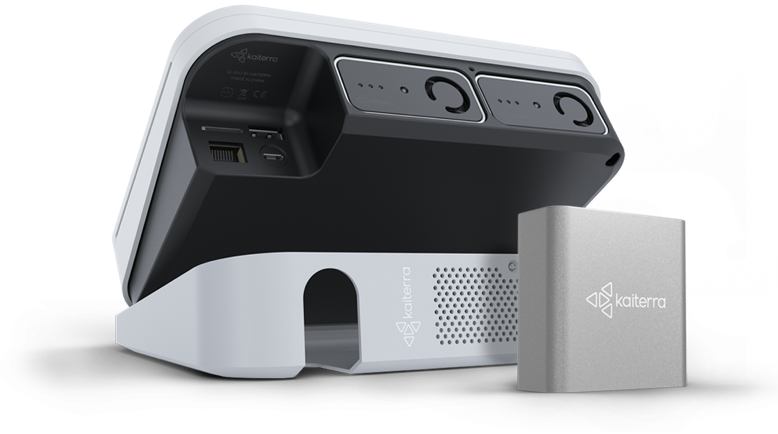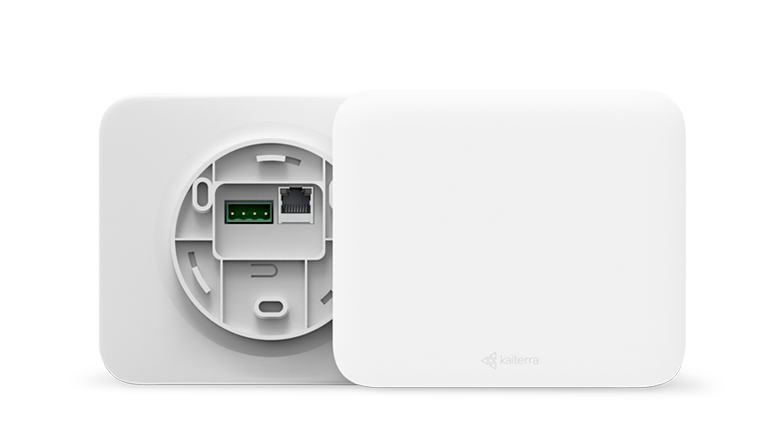-
Meet the Laser Egg Series
Know more about your air and breathe better with the world's most popular air quality monitor.
-
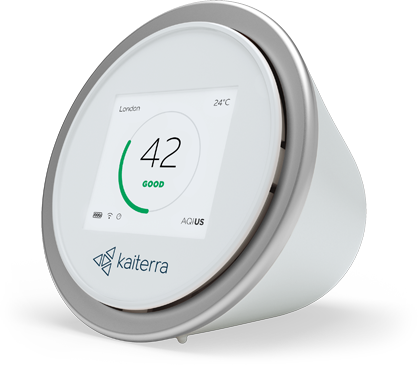
Laser Egg
Know more and do more
-
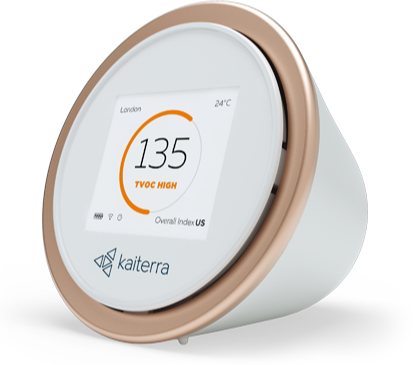
Laser Egg+ Chemical
Dangerous chemicals can’t hide
-
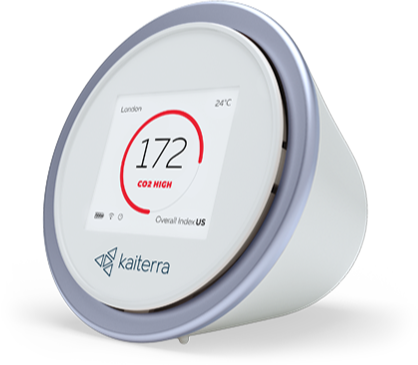
Laser Egg+ CO2
Advance your air
Shop - Select your country
- North America
-
- Europe
-
- Asia
-
Don't see your country here?
Better Building Blog

Healthy Buildings
10 Innovative Ways to Use IAQ Data for Healthy Buildings
For forward-thinking organizations, improving indoor air quality is a matter of strategic importance. Air quality impacts health, ...
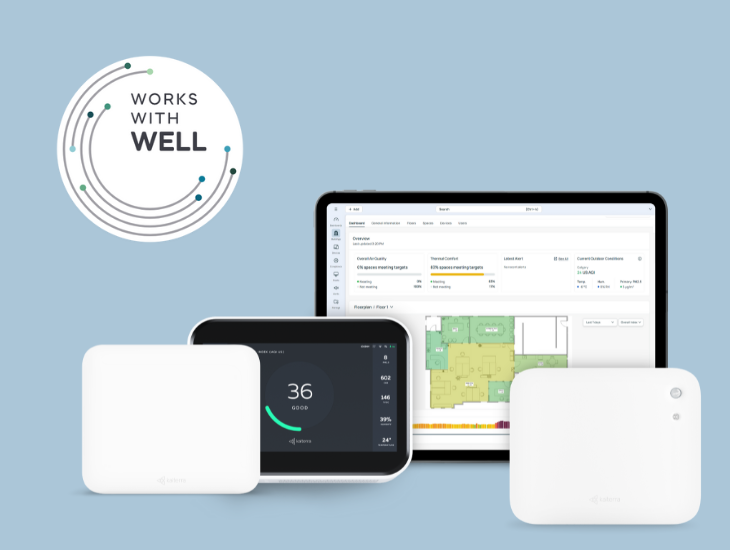
WELL
Kaiterra's Works with WELL Solutions: Supporting Healthier, Higher-Performing Spaces

Air Quality 101
Thermal Comfort Monitoring: Basics and Best Practices

Healthy Buildings
Fitwel Certification: How it Works and How it’s Different

HVAC
Ensuring ASHRAE 62.1 Compliance for CO2 Sensors in Demand-Controlled Ventilation (DCV)
Every building engineer who works with ventilation and indoor air quality (IAQ) knows ASHRAE 62.1. It’s the most commonly referenced standard for designing and maintaining ...

HVAC
Indoor Air Quality and HVAC Systems: How IAQ Monitoring Optimizes HVAC System Performance
People spend over 90% of their days inside of buildings, and we have HVAC systems to thank for the comfortable experience.
Expert tips, delivered straight to your inbox.
Subscribe to Better Building, our monthly newsletter, to receive the latest industry news and insights on IAQ, healthy buildings, and sustainability.
Newsletter

HVAC
Boost the Performance of Your HVAC Air Filter With Sensor Technology
Where clean air is needed, an air filter can be spotted right away. Used in HVAC systems to capture and prevent particles from entering the ...

HVAC
Improve Your HVAC System’s Efficiency with Demand-Controlled Ventilation
If you want to get down to the bottom of major emitters of greenhouse gases, look no further than your city’s skyline.

HVAC
How Air Quality Monitoring Can Lower Your HVAC System's Energy Costs
You may be surprised to find out that your HVAC system eats up almost 40% of your building’s total energy consumption.






.png?width=200&height=148&name=Menu%20C%20(2).png)

.png)

